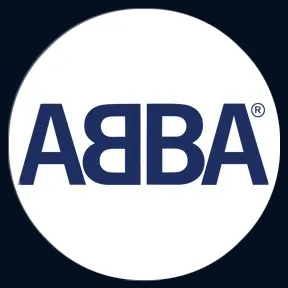This Giant Laser can simulate a Planet’s Core
How do you study the innards of alien worlds? You just need the world’s largest laser.
As astronomers search for life outside our solar system, they have to try and answer one big question: What’s the recipe for a habitable planet?
We tend to think about the ingredients we encounter every day: liquid water, the protective blanket of the atmosphere, a sun that is neither too warm nor too hot. But there are other factors that are probably equally important: Earth’s cooled and hardened crust, its gooey molten guts, its magnetic field, its volcanoes and deep sea vents.
These are the features that fostered life as we know it – they were shaped by unseen processes hidden deep within the globe.In short, if we want to learn how life could arise on other planets, we need to know what’s going on under the hood.But that’s easier said than done. As you drill down into a planet, temperatures and pressures quickly rise. Scientists and their tools wouldn’t survive a few dozen miles down, let alone a few thousand.
So how can they study the insides of planets?Enter NIF and OMEGA – by some measure, the two largest lasers in the world. They inhabit large warehouse-style buildings, and focus scores of intense laser beams onto the head of a pin. When facilities like these were first imagined, the goal was to create nuclear fusion – but planetary scientists quickly realized they could be used to investigate matter under core-like conditions.
The last decade has seen a flood of experiments - and the results have been bizarre. Nickel, a metal that conducts electricity, turns into an insulator. Water forms a hot, conductive ice. Hydrogen becomes a metallic fluid. Sodium, normally a shiny opaque metal, goes completely clear.
These startling insights are helping scientists understand how planets form, and how they might evolve to support life.Presented by the Center for Matter at Atomic Pressures (CMAP) at the University of Rochester,a National Science Foundation (NSF) Physics Frontier Center, Award PHY-2020249 https://www.rochester.edu/cmap
Any opinions, findings, conclusions, or recommendations expressed in this material are those of the authors and do not necessarily reflect those of the National Science Foundation.















































